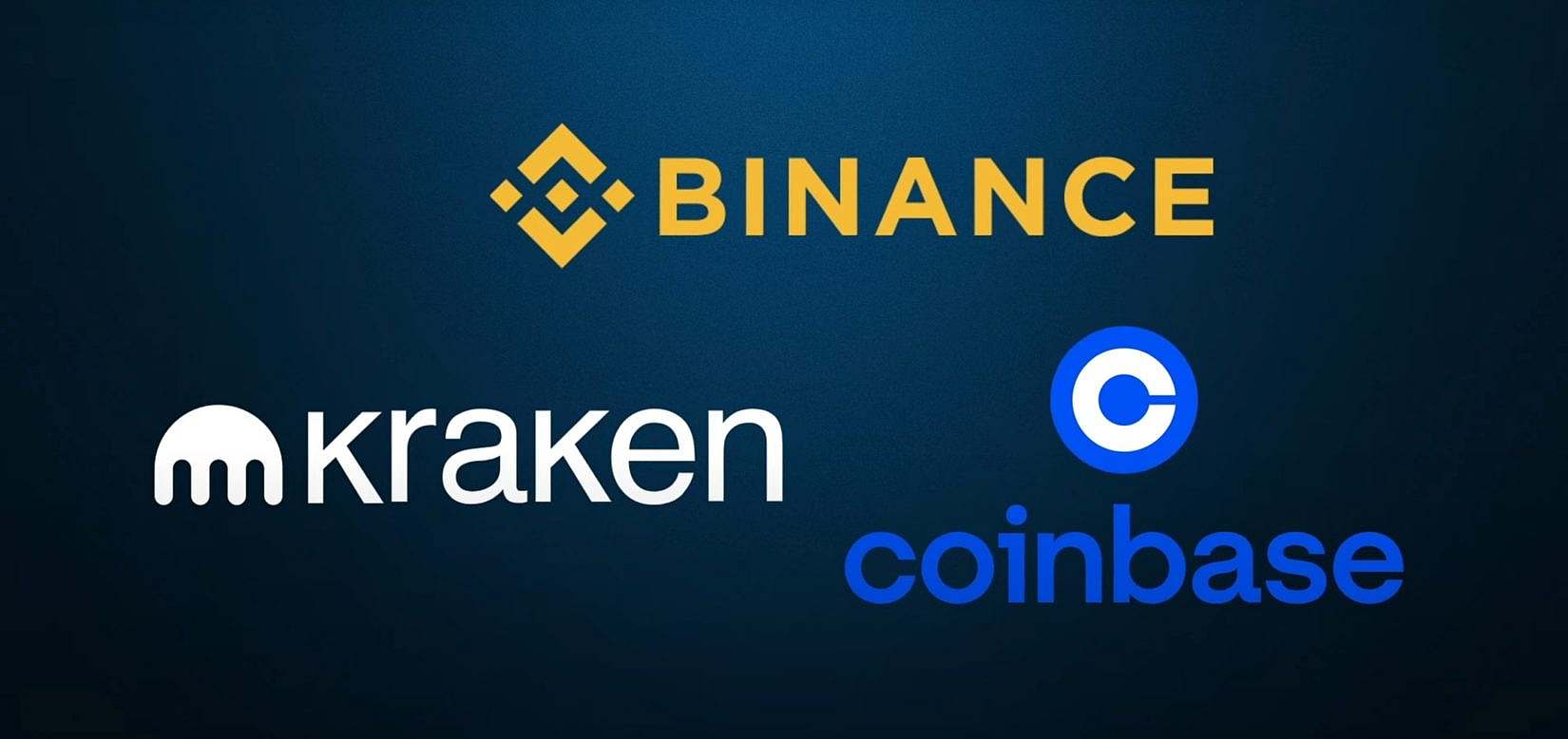Crypto exchanges have grown in popularity and significance in recent years, with many people flocking to them to buy and sell cryptocurrencies. However, these exchanges are not just platforms where people can trade cryptocurrencies; they are also businesses that need to make money to remain profitable and sustainable.
And well the past year and a half have just been brutal for some of them – here’s looking at your SBF. The recent crypto winter is tawing but it’s still an uncertain road ahead for intuitions and individual investors.
That’s why in this article, we will explore some of the ways crypto exchanges make money.
5 ways Crypto exchanges make their money
- Trading Fees: Trading Fees One of the most common ways crypto exchanges make money is through trading fees. Every time a user buys or sells a cryptocurrency, the exchange charges a fee, which is usually a percentage of the transaction amount. These fees can vary significantly between exchanges, but they typically range from 0.1% to 0.5% per trade.
- Withdrawal Fees: Withdrawal Fees Another way crypto exchanges make money is through withdrawal fees. When users want to withdraw their cryptocurrencies from an exchange, they usually have to pay a small fee. These fees can vary depending on the cryptocurrency being withdrawn and the exchange itself.
- Interest/Borrowing/Liquidation Fees: Interest/Borrowing/Liquidation Fees Crypto exchanges can also make money by lending out cryptocurrencies to users and charging interest on these loans. Additionally, they can charge fees for borrowing cryptocurrencies or for liquidating positions in case of margin calls.
- Subscriptions: Subscriptions Some crypto exchanges offer premium subscriptions with additional features, such as access to advanced trading tools, priority customer support, or lower fees. These subscriptions can provide a steady stream of income for exchanges.
- Volume Trading: Institutional and Individual Volume Trading Crypto exchanges can also earn money through institutional and individual volume trading. They offer discounts or preferential fees for large trades and attract high-volume traders who pay more in trading fees.
- Staking: Staking Some crypto exchanges offer staking services, allowing users to earn interest on their cryptocurrency holdings. The exchange charges a small fee for providing this service, and the users receive rewards for staking their coins.
In conclusion
Crypto exchanges are just like any businesses that need to make money to remain sustainable. For transparency’s sake you need to know how they they make their profits or losses. This is especially true, if you plan on investing in them directly through options, stocks, bonds, ETFs, etc.
They do so through a variety of revenue streams, including trading fees, withdrawal fees, interest/borrowing/liquidation fees, subscriptions, institutional and individual volume trading, and staking services. It’s essential to understand these revenue streams and associated costs when using a crypto exchange to make informed trading decisions.



